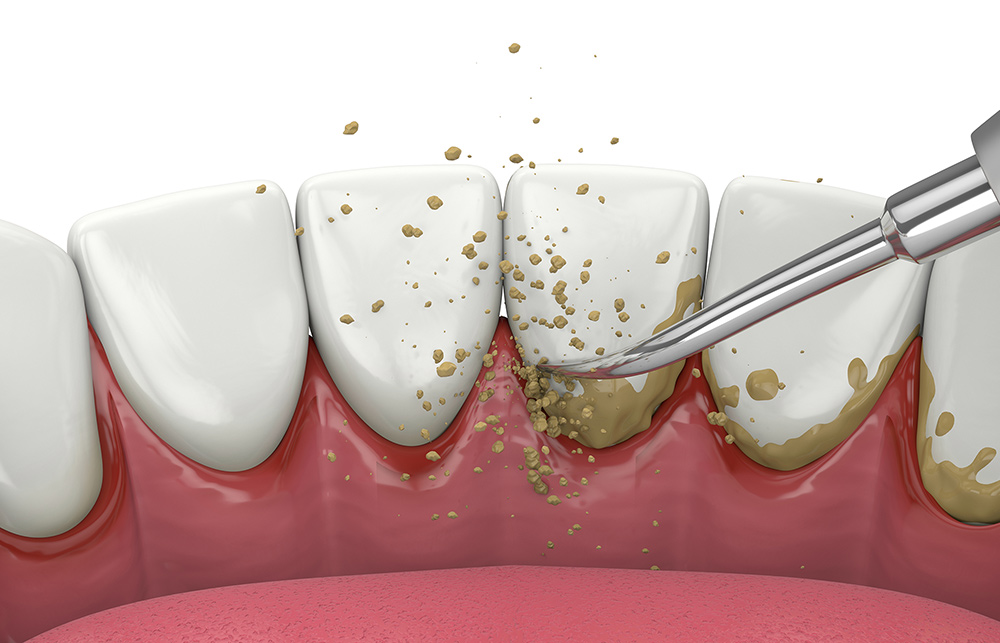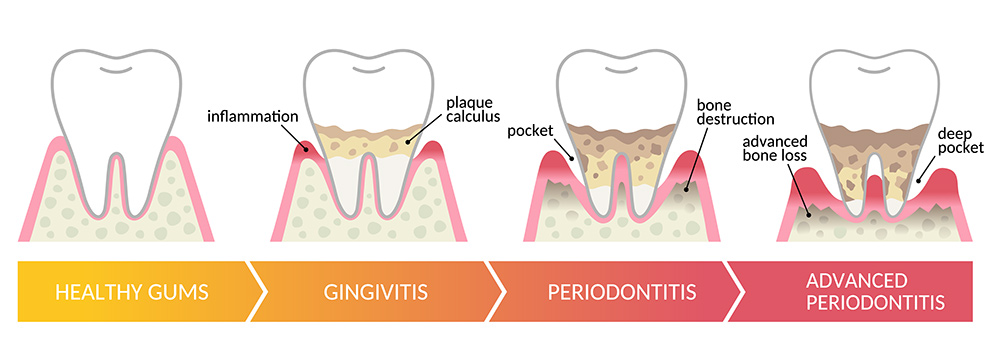Keeping your teeth healthy isn’t just about brushing and flossing—it’s also about understanding what can harm your smile. One of the most common and damaging issues is plaque on teeth. But what is plaque on teeth, and why does it matter?
In this guide, we’ll explore what causes plaque on teeth, how it affects your oral health, and how regular dental care at The Dentist at 70 Pitt Street can help you keep it under control.
What is Plaque on Teeth?
Plaque is a soft, sticky film that forms on your teeth constantly. It’s made up of bacteria, food particles, and saliva, and while it might not be visible right away, it can have a big impact on your oral health. If you don’t remove plaque regularly, it can harden into tartar, a rough deposit that can only be removed by a dental professional.
Not only does plaque contribute to tooth decay and gum disease, but it can also cause bad breath and even lead to tooth loss if left untreated. The bacteria in plaque produce acids that wear away your tooth enamel, leading to cavities and inflammation of the gums.

Plaque is caused by a buildup of bacteria in your mouth.
What Causes Plaque on Teeth?
Plaque builds up when bacteria in your mouth feed on sugars and starches from the food and drinks you consume. This process begins almost immediately after eating, which is why daily oral care is so important.
Some of the most common causes of plaque include:
- Poor oral hygiene habits – not brushing and flossing effectively or regularly.
- High-sugar diets – foods and drinks high in sugar or refined carbs fuel plaque-causing bacteria.
- Dry mouth – saliva helps wash away plaque; without enough saliva, bacteria thrive.
- Irregular dental visits – professional cleanings are needed to reach areas that toothbrushes can’t.
Understanding what causes plaque on teeth is the first step to preventing it. By making smart dietary choices and practicing consistent oral hygiene, you can control plaque build-up and protect your smile.

There are some symptoms to look out for when it comes to knowing if dental plaque is becoming a problem.
Dental Plaque Symptoms
So how do you know if plaque is becoming a problem? While early plaque can be hard to see, there are several signs to watch for:
- A sticky or fuzzy feeling on your teeth, especially after meals.
- Bad breath that doesn’t go away with brushing.
- Yellowish deposits along the gum line or between teeth.
- Swollen, red, or bleeding gums, which can be a sign that plaque is irritating the gum tissue.
These dental plaque symptoms are early warnings of more serious conditions like gingivitis or periodontitis. If you notice any of these signs, it’s time to step up your oral hygiene and schedule a professional clean at The Dentist at 70 Pitt Street.
How to Get Rid of Plaque on Teeth
The good news? Plaque is manageable with the right care. Here’s how to get rid of plaque on teeth and keep your smile in top shape:
- Brush Twice a Day – Use fluoride toothpaste and brush for at least two minutes, making sure to reach all surfaces of your teeth, including near the gum line where plaque loves to form.
- Floss Daily – Flossing removes plaque from between teeth where toothbrushes can’t reach. It’s essential for preventing dental decay and gum issues.
- Use Mouthwash – An antibacterial mouthwash can help reduce the number of bacteria in your mouth and give your oral hygiene routine an extra boost.
- Eat a Balanced Diet – Limiting sugary snacks and fruit juice can reduce plaque-causing bacteria. Choose water and tooth-friendly foods like vegetables, cheese, and nuts.
- Visit Your Dentist Regularly – Even the best home care can’t remove all plaque. Professional cleanings at The Dentist at 70 Pitt Street help get rid of hardened plaque (tartar) and keep your teeth smooth and healthy
How to contact us at our Sydney CBD clinic
Day Time +61292333399
After Hours 0406986909
Email Us: info@thedentist.net.au
1/70 Pitt St, Sydney NSW 2000, Australia
Mon & Thu: 8am – 7pm
Tue, Wed & Fri: 8am – 5pm
Saturday: 8am – 1pm
Sunday: closed
FAQs
What does plaque on teeth look like?
Plaque is typically a soft, pale yellow or colorless film that forms along the gum line and between teeth. It often feels sticky or fuzzy to the touch. If not removed, it can harden into tartar, which is more visible and difficult to clean without a dentist
What is plaque made of?
Plaque is made of bacteria, food particles, and saliva. The bacteria feed on sugars and produce acids that can erode your tooth enamel, leading to tooth decay and gum inflammation if not controlled.
How long does plaque take to form?
Plaque can start forming within minutes after eating or drinking, especially sugary foods. If left undisturbed, it can begin hardening into tartar in as little as 24 to 72 hours, making regular brushing and flossing essential.
Can plaque cause permanent damage to my teeth?
Yes, if not removed, plaque on teeth can harden into tartar and lead to tooth decay, cavities, and gum disease. Over time, this can result in permanent damage such as enamel erosion, gum recession, and even tooth loss. Regular brushing, flossing, and professional cleanings help prevent long-term damage.
How often should I get a professional clean to manage plaque?
It’s recommended to have a professional clean every six months, but some people may need more frequent visits depending on their oral health. At The Dentist at 70 Pitt Street, we’ll assess your needs and help you create a personalised plan to keep plaque build-up under control.
General Information Disclaimer: The content provided here is for informational purposes only and is not intended as medical advice, diagnosis, or treatment. Always seek the advice of your health professional with any questions you may have regarding a medical condition. The information on this site is general in nature and may not reflect current medical developments or research. Your reliance on any information provided by this site is solely at your own risk.













